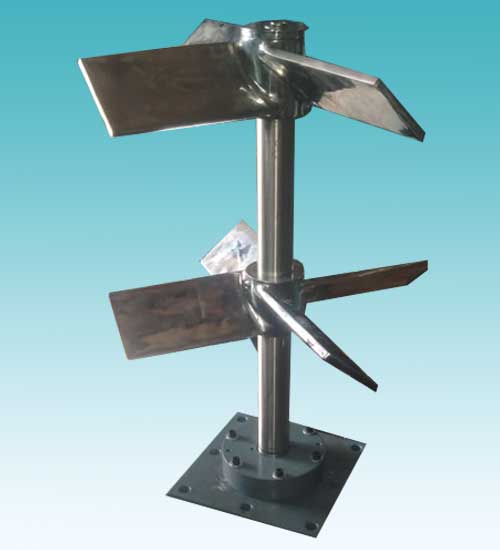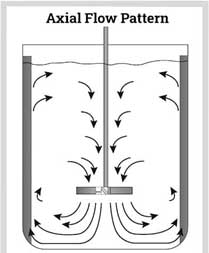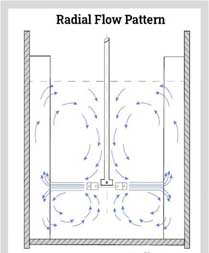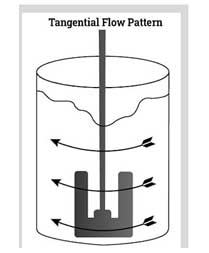
Basic Information
Agitators are equipment used in homogenizing media inside a tank. It works by rotating the impeller at its immersed end at a controlled speed or revolutions per minute (rpm). The work exerted by the impeller induces the flow and shear of the media inside the tank, which causes a single or multi-component media to homogenize. The flow of the media is kept at a uniform rate and pattern.
Agitators can perform diverse functions in any industrial plant, which include:
- Homogenizing solutions and suspensions to achieve a uniform consistency
- Maintaining solutions in a mixed state and preventing concentration gradient
- Dispersing a gas into a liquid solvent
- Promoting chemical reaction inside a reactor
- Maintaining a consistent temperature of the solution inside a vessel
- Promoting heat transfer to a jacket
Motor Component
The motor drives the agitator assembly. It produces the required torque to induce flow and shear to the media at a controlled degree. The power requirement of an agitator depends on many factors such as:
- Viscosity, specific gravity, and solid content of the media
- Speed or rpm of the impeller
- Impeller diameter
- Power number of the impeller
- Number of impellers





